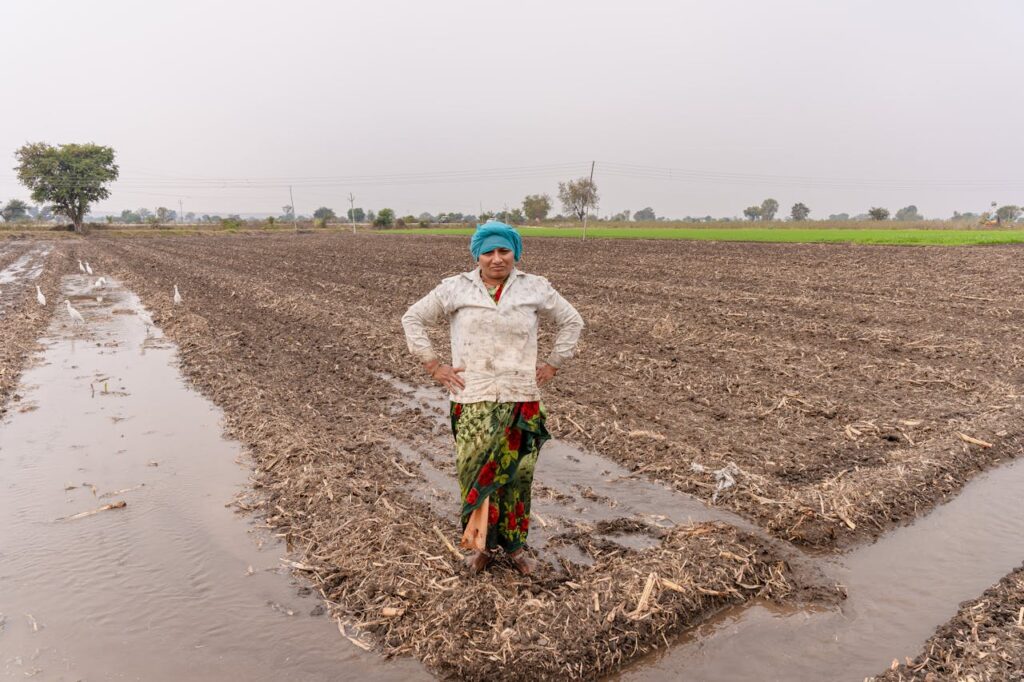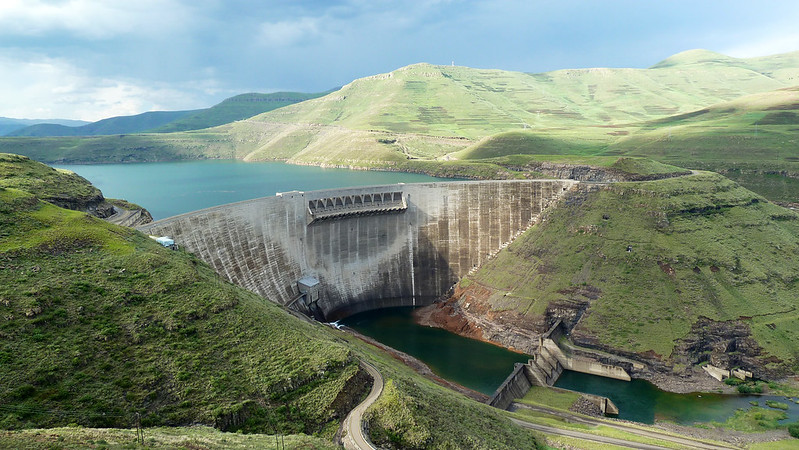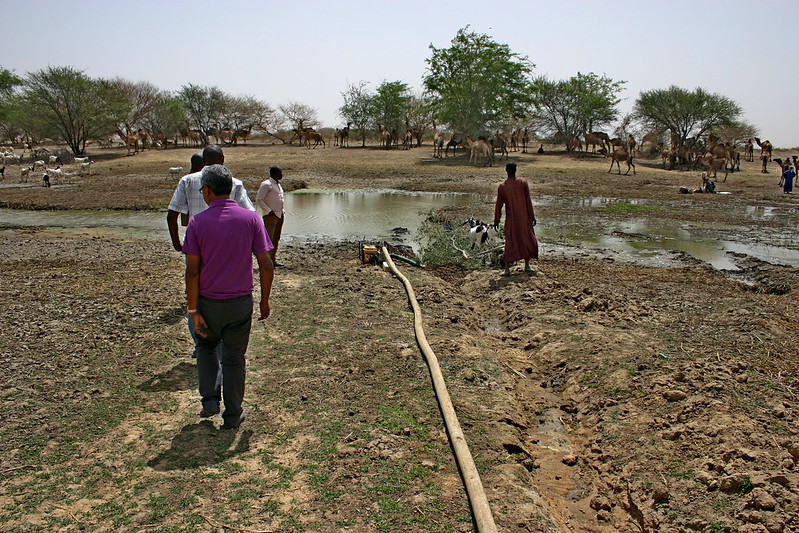In this interview, Jennie Barron, Professor Agricultural Water Management at SLU discusses the impact of variability in rainfall on local and global food markets, emphasising the importance of irrigation for food security and the economic interest of farmers.
She also covers the need for sustainable irrigation practices, considering economic, social, and environmental aspects. Additionally, it discusses the role of legislation, policies, and market support in ensuring sustainable development, with examples from Ethiopia. Finally, Barron addresses the need for tools and technologies to support efficient irrigation scheduling for farmers, particularly focusing on the limitations of current remote sensing tools for smallholder farmers.
This interview is part of SIANI’s ‘Tune in to Food Systems’ interview series composed of interview articles with experts across fields dedicated to sustainable food systems.


